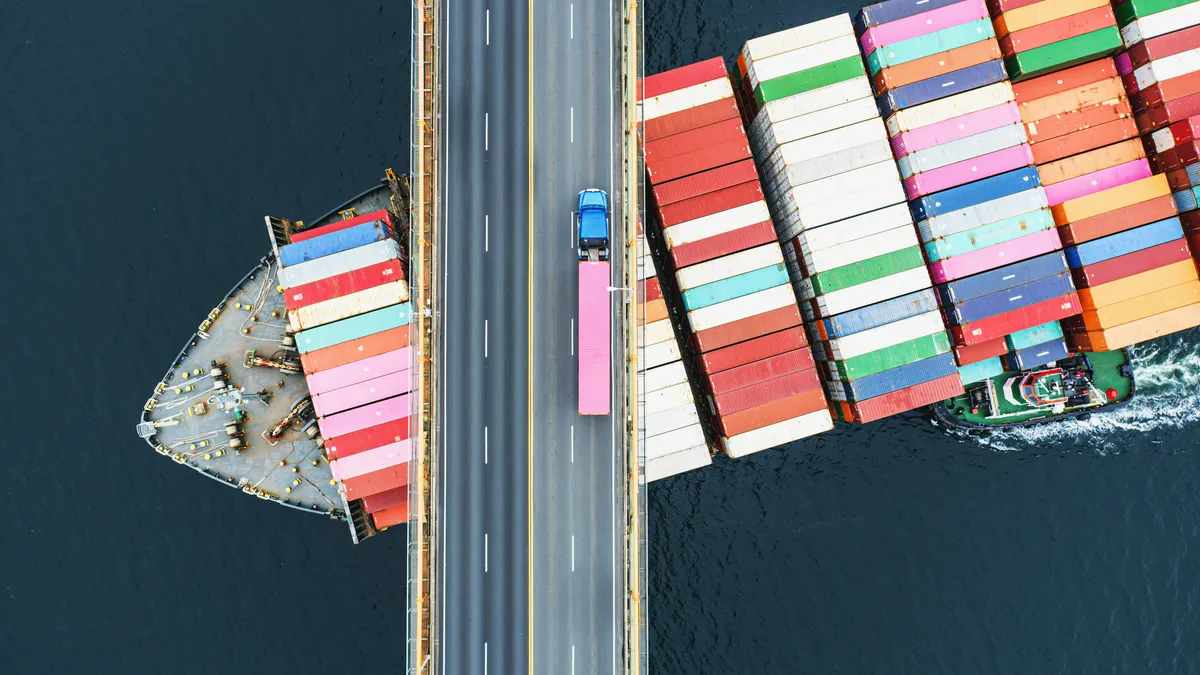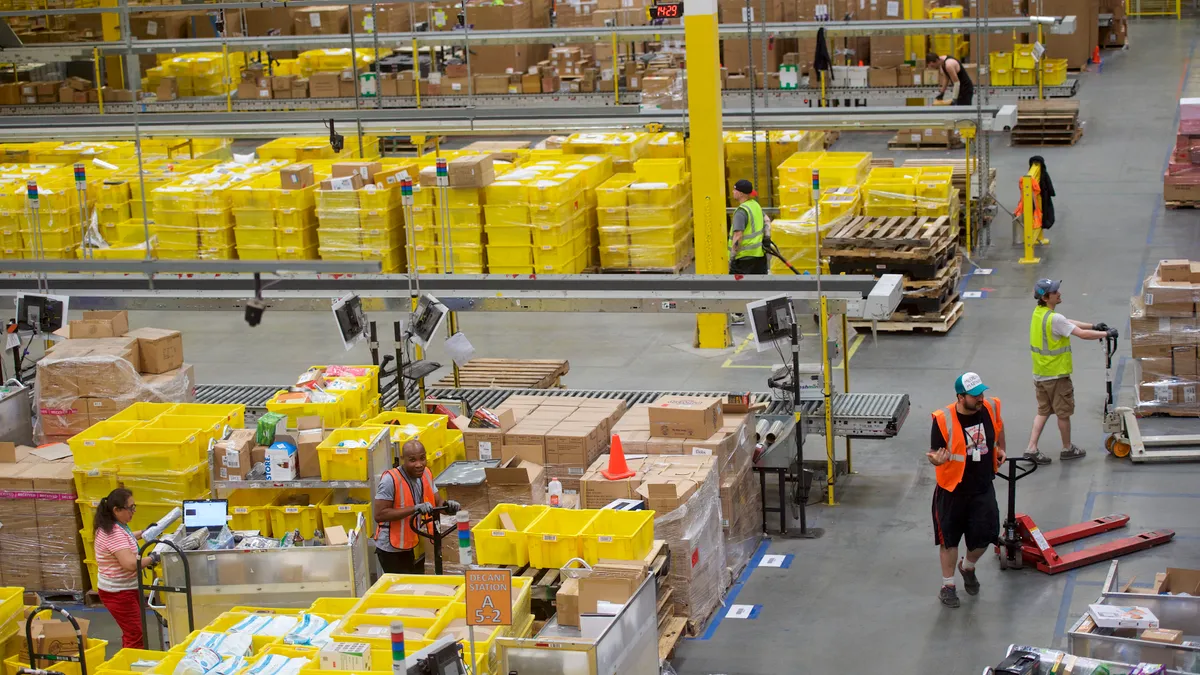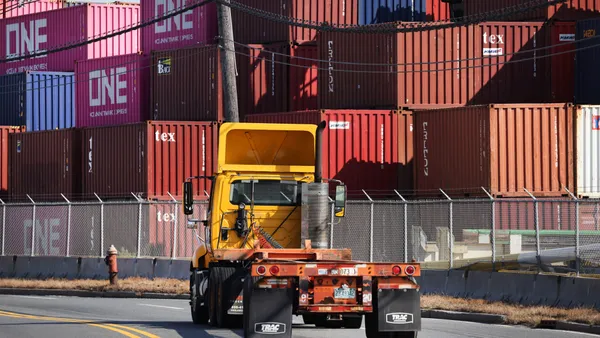In January, President Donald Trump began his second term, bringing with him a new administration ready to evaluate current trade policies. While questions swirl around what supply chain managers can expect, one thing is clear — change is coming.
But that isn’t anything new. Last year, labor strife, natural disasters and a shitfing geopolitical environment rocked supply chains, and much of that is expected to continue. In 2025, supply chain managers will focus on network diversification, tariff mitigation strategies, minimizing parcel rate increases and ongoing technology investments as tools to address a turbulent environment.
While this year might bring a slew of new challenges, supply chain leaders will, yet again, map out resiliency and contingency plans to position their companies for success.
To help with that planning, Supply Chain Dive spoke to leading supply chain experts and executives shed insight on the trends and risks impacting procurement teams, suppliers, logistics managers and shippers this year. Here's what we found.














